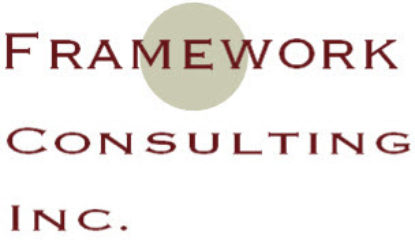 If you are a top executive, you face a unique challenge: The weekly demands on your time regularly outstrip 168 hours. Yet, as you know, most CEO’s receive little formal training in time management on their journey to the C-Suite. Fortunately, new research can help close this gap.
If you are a top executive, you face a unique challenge: The weekly demands on your time regularly outstrip 168 hours. Yet, as you know, most CEO’s receive little formal training in time management on their journey to the C-Suite. Fortunately, new research can help close this gap.
Harvard’s Michael Porter and Nitin Nohria recently published the results of a multi-year study of CEO time usage. Their findings can help you allocate time more efficiently, even despite variations by industry, nationality, and tenure.
Four Major Findings
- CEO’s schedule a whopping 75% of their working hours. Most of their day is occupied with meetings, translating into precious little time spent alone in blocks of uninterrupted time. Recommended: use your calendar as a tool to carve out quality solo efforts.
- CEO’s work, on average, 62.5 hours per week, which include 3.9 hours per day on weekends, and 2.4 hours per day on vacations. They also spend about half their non-working, awake time with family. For many, this pace isn’t sustainable. Given their long days (9.7 hours per weekday) they must be strict to meet their own minimum standards. Recommended: Follow a set schedule on both off-hours, and off-days. Include time-slots to do “nothing.”
- CEO’s spend some 43% of their time on their core agenda, and the rest on routine items or unplanned surprises. Recommended: Use your administrative assistant as your partner to ensure that your schedule continually reflects your priorities.
- On average, few CEO’s track their time. Sadly, they have no idea how they’re really doing against these average numbers. While they know much about their financial budget, its time equivalent remains a mystery or at best, a vague gut feeling. Recommended: Commit yourself to this commonsense habit, via the use of suitable tracking software.
The CEO’s Two Social Problems
However, applying the researchers’ recommendations isn’t enough. Every CEO I have met faces two ripe areas for improvement which are difficult to tackle: They spend too much of their precious time processing email and attending meetings. Fortunately, these twin problems have a common root.
Case 1: The CEO who replies to every email within five minutes may seem, at first blush, to be “on top of things”. To wiser heads, it’s a clear sign that he’s doing little else but playing an elaborate, wasteful game of email ping pong.
Case 2: The CEO who avoids calling meetings, may think she’s making the most of her time by working on tough problems behind a closed door. However, her lack of communication leaves people guessing about her true priorities, causing a level of infighting she pointedly ignores.
Both of these practices are typically hard to solve. Anyone who has rolled their eyes while suffering through a pointless meeting or email message knows the feeling. The demand on your psyche it creates slowly creeps up, robbing you blind of time and energy. Before you realize it, you have become trapped in a sticky web of social waste.
Furthermore, this all takes place on an open stage. People watch what executives do in meetings and email for hidden cues as to their true, unspoken intentions. As such, they represent far more than personal logistical challenges. They are public performances undertaken by actors who are mostly unaware of their platform. It’s why their unwitting, mixed signals quickly become other people’s marching orders.
Where is the escape?
Launch Improvement Projects
Fact: The average employee spends two hours per day processing email. She also devotes four hours per week preparing for status updates meetings, 67% of which are failures.
However, individual employees who try to solve email or meeting problems frequently fail. There’s just not much a person can do on his/her own if they are part of a wider culture.
Fortunately, the CEO is in a unique place. As the sole person who unifies all employees, he is in a position to affect this kind of change. Therefore, a CEO who fails to launch campaigns to improve these twin evils is allowing productivity to erode.
While specific causes and remedies to these two complex challenges are beyond the scope of this article, there’s a mindset every CEO can initiate immediately. It starts by declaring the truth about this rampant loss of productivity. It continues by creating a series of company-wide games to “Achieve the same results, using far fewer emails and less meeting time.”
As the CEO, if you engage a critical mass of your staff in such a goal, it should provide an immediate, positive impact on your time usage. Instead of losing steam in email and meetings, you should be able to create more long blocks of solo, creative problem-solving, plus more time with your family. This should be a welcome start, but it requires all employees to cut away the wasted time and effort inherent in these two practices.
Francis Wade is the author of Perfect Time-Based Productivity, a keynote speaker and a management consultant. Missed a column? To receive a free download with articles from 2010-2017, send email to columns@fwconsulting.com









